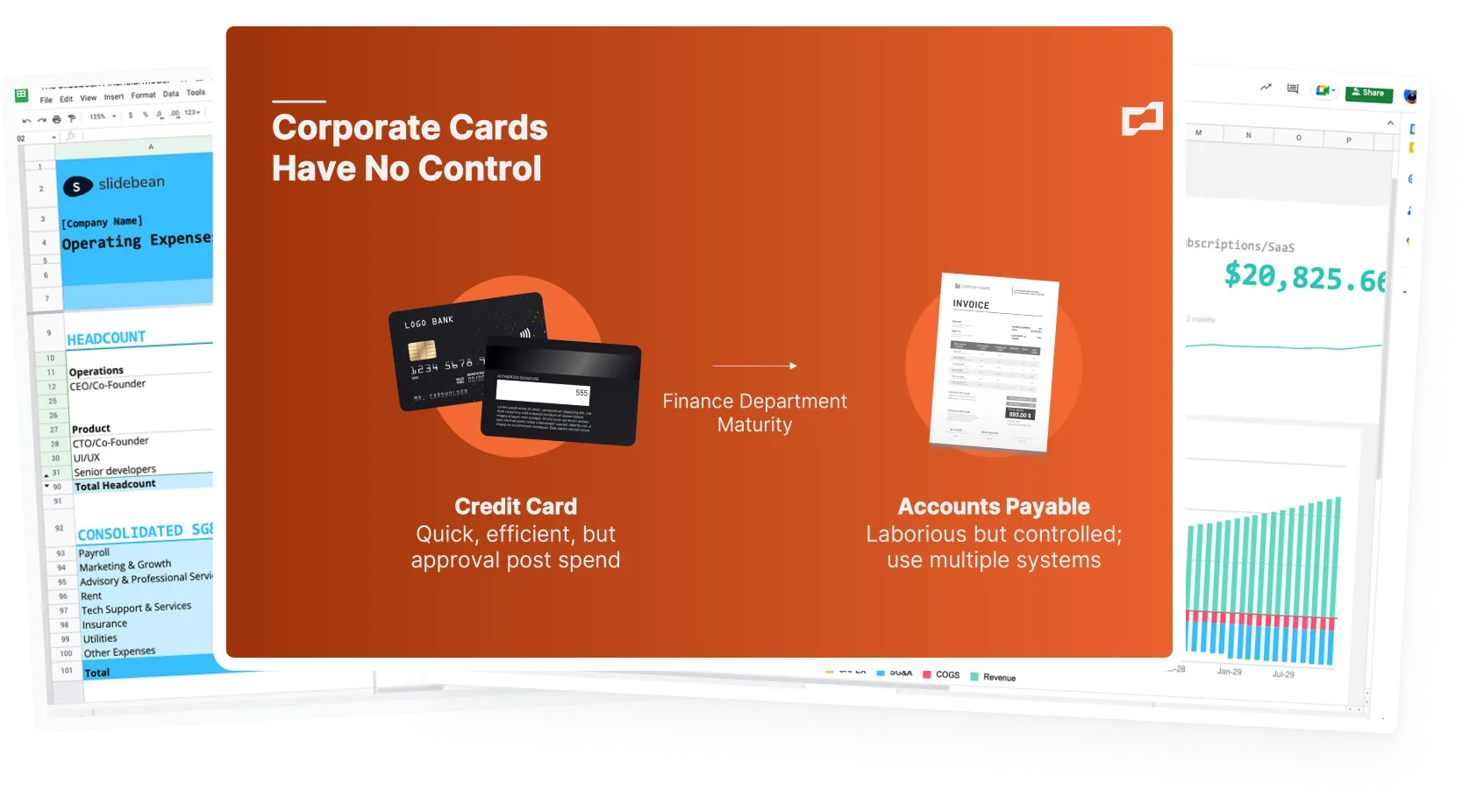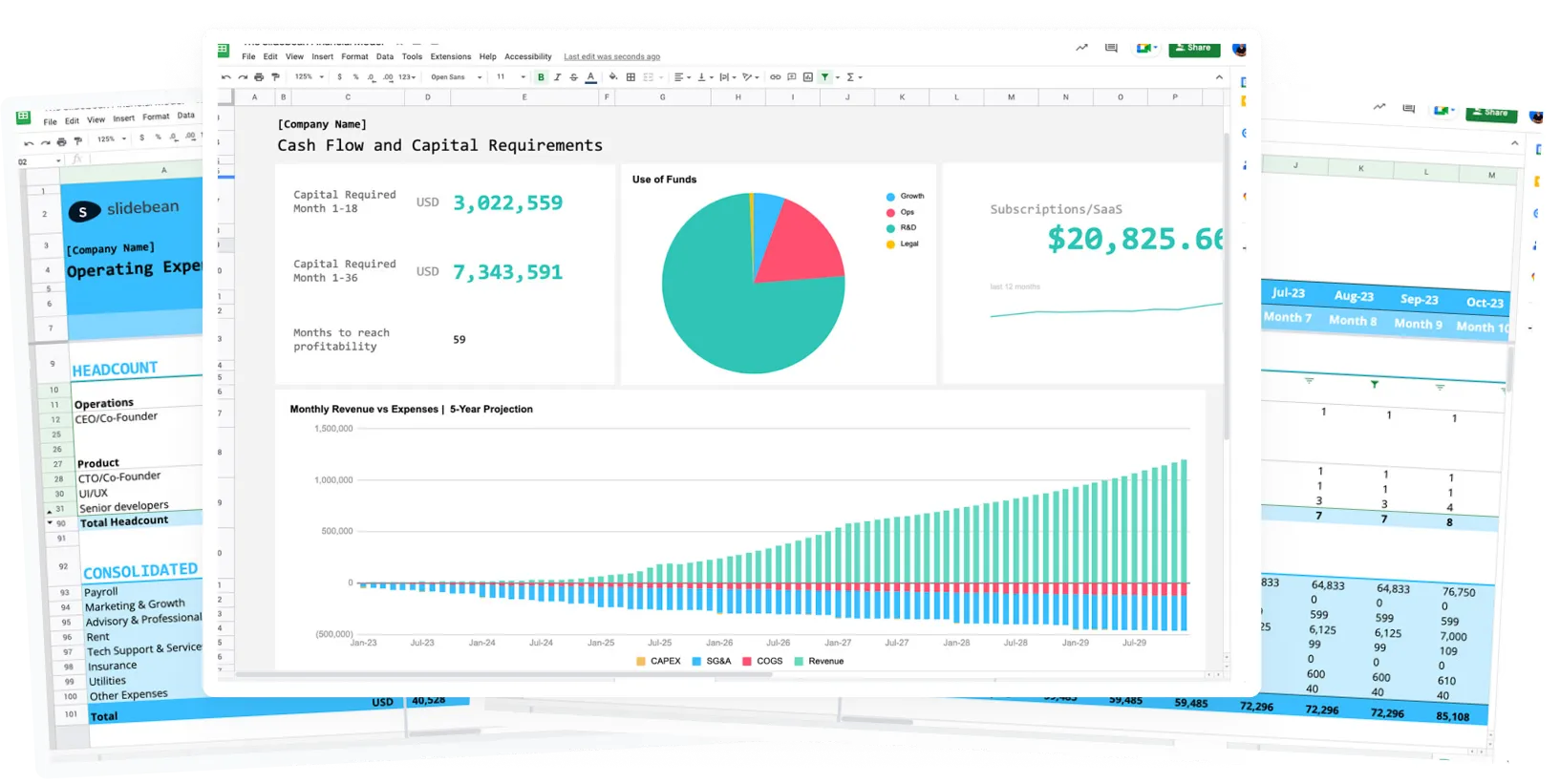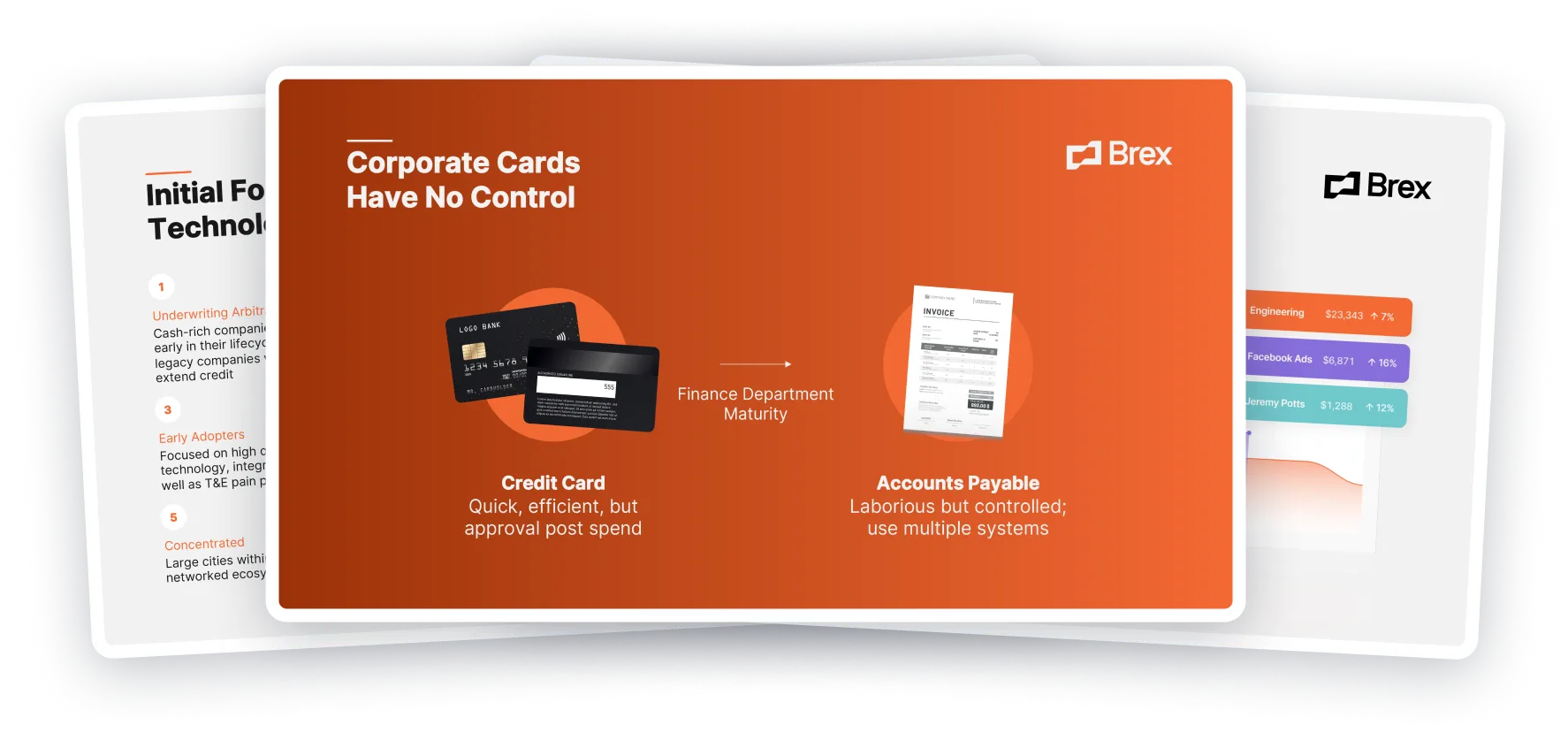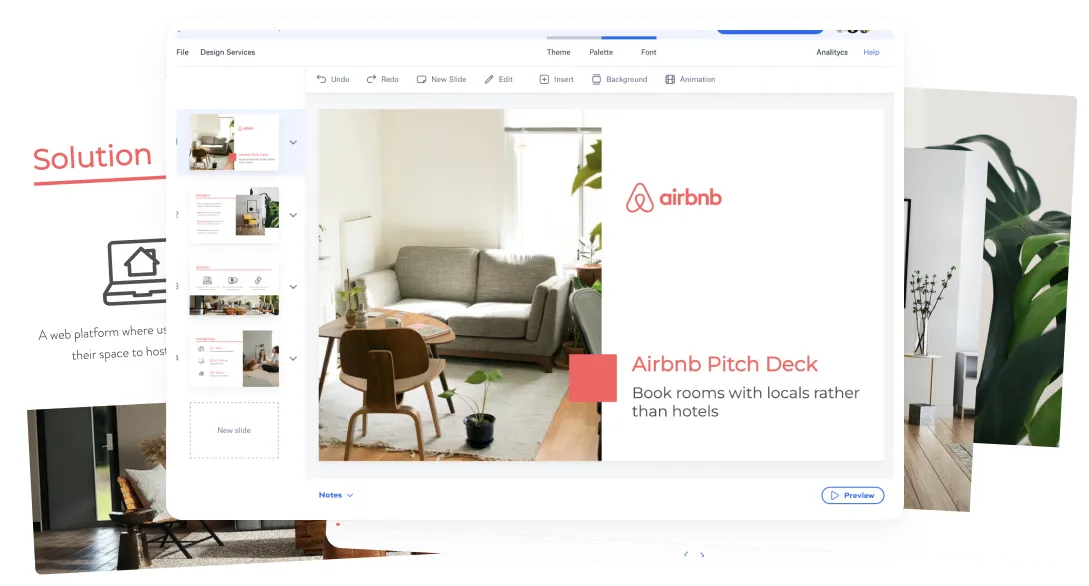
One of the most useful books I have read in my history is Traction, by Gabriel Weinberg (the CEO of DuckDuckGO).
The thesis is that there are only 19 marketing channels. Done. Period. And I actually agree. There are only 19 marketing channels. Any growth hack, any tactic that you've seen can be classified into one of those.
And it's useful to know them all because the art and science of growing a company are essentially testing as many campaigns in as many channels as fast as possible (and, of course, measuring the results).
To this day, that is how we operate marketing. We spend a few hundred dollars on an experiment awaiting results. If we got customers for our sweet spot cost of acquisition, we double down. If we didn't, we would move to a different channel. This Youtube channel is exactly that. And we are still in the doubling down phase.
All startups are focusing on the same channels, so Gabriel’s book forces you to think outside of your traditional channels- that’s why I think it’s tremendously valuable you memorize this list.
The 19 Marketing Channels Examples
- Viral marketing
- Public Relationships (PR)
- Unconventional PR
- Search Engine Marketing or SEM.
- Display Ads.
- Email Marketing
- Offline Ads
- SEO. Search Engine Optimization
- Content marketing
- Engineering as marketing
- Guest posting
- Business Development
- Sales
- Affiliate Programs
- Leveraging Existing Platforms
- Trade shows
- Offline Events
- Speaking Engagements
- Community Building
Anyway, I'm going to go over all the channels this book lists, along with an example of each one of these campaigns.
1- Viral Marketing
Viral marketing happens when you can convince users to convert to other users, with a positive virality coefficient. The r0 number (which I'm sure you're familiar with by now) estimates how many new customers can an existing customer convert.
If you believe your growth engine is virality, then your product should focus on that virality. That's the example of Wordle, recently acquired by the New York Times. You want to share how smart you are because you solved today's puzzle, and this silly, simple emoji board was perfect.
Virality is easier said than done, of course. It requires a master understanding of user experience and a good understanding of gamification.
2- Public Relationships (PR)
PR is, of course, Public Relations. Whether you or your PR agency takes care of it, it involves creating relationships with reporters and creating stories that they are bound to share.
Probably the most important example today is Tesla, which does practically zero marketing, but EVERYONE Talks about it. Whether it's the new car release, the self-driving tech, sending a car to space, or even Elon Musk's randomness- people love to read about Tesla, and the press loves to write about it.
My experience with PR is mixed: it's hard to measure, and you can't necessarily control when you get featured. But I have seen startups that make it relying primarily on this. And it works.
3- Unconventional PR
Technically, sending a car to space classifies as unconventional PR. In other words, a stunt that everyone talks about.
For example, a company called Airtime (which died, and we haven't covered in Forensics yet) invited Martha Stewart, Jim Carrey, Jimmy Fallon, and Olivia Munn. A stunt that got everyone talking about them.
Viral videos are also stunts. Remember 'will it blend'? They actually sell those blenders, and it's genius marketing. Risky, of course. Hard to control, but if you can make it work, effective.
Related: Startup Marketing Plan
4- Search Engine Marketing or SEM
This is essentially paying Google for that ad that shows up responding to searches.
Search ads are incredible because of the moment of intent. If people are searching for a 'pitch deck creation service,' you can very well bet that they are an entrepreneur looking to create a pitch deck.
The decision is made. It's not nurturing; it's not brand awareness; it's simply converting a customer who already made a purchasing decision and now is just looking for where to execute.
SEM ads are often expensive, but if you can get the economics working, you essentially unlock a super-efficient and scalable growth channel.
5- Display Ads
Those are your Facebook, Instagram, or TikTok Ads. People aren't looking for what you offer. Instead, you are targeting them by interest.
No spending too much time here; you already know how this works. Not sure if we could say that someone is killing it here. It's almost like a standard these days.
For us, they worked well as retargeting. We serve them to people who visited our ads or watched our videos. Yeah, you are going to start seeing them now.
By the way I believe influencer marketing falls in this category. While I think that Instagram influencers have stained the term a bit, there is value in someone you know, someone you follow, endorsing a product.
And in this case, it’s TextMagic. I used their platform years ago while I was working for another company, and it was a cool coincidence when they reached out to me- because Priit, their CEO watches our channel.
TextMagic is an SMS service for Businesses and the reason why I thought it was relevant to talk about them is precisely, that they have a marketing, an outreach channel that falls outside the norm.
While their tool supports the regular SMS features we are used to (like 2-step verification) their big focus is marketing.
TextMagic allows you to send SMS campaigns from their online platform, but also from email, from Zapier, or from a direct API integration. You can sort your contacts into different mailing lists to target them with specific campaigns, with the personalization you’d expect from an email marketing tool.
6- Email Marketing
It's almost like a given these days, but there is still room to innovate. Look at companies like Morning Brew or the Hustle, who have been able to create incredible communities just by sending good emails.
People's emails are cluttered, and you are competing with hundreds of other messages. It’s not easy, it’s an overused outreach method but you can absolutely make it work for your company if you provide value with the content, or if you use an alternative delivery method.
To me, SMS marketing classifies here but has some added benefits. Even today, 95% of texts are read within 3 minutes of being sent. They are also significantly cheaper than emails.
7- Offline Ads
We, startup people, don't think of offline ads too much, but they are still effective. Those are your TV, subway, or billboard ads.
Gabriel Weinberg, the author of this book, had a super successful campaign by placing billboard ads on the highway between SF and Silicon Valley. If you're in tech, and especially if you are a Google employee, you drive that highway often.
His ad on DuckDuckGo brought a massive wave of new adopters and even got the press talking about it (unconventional PR).
My friend Pete from Jackpocket advertises on the NY Subway, and they've found a way to track those conversions, measure the success and the ROI of the campaign, and then repeat.
8- SEO. Search Engine Optimization
The art and science of ranking in Google. For us, it essentially made our company: we would not be here if it wasn't for SEO. But depending on your industry, it may not be an option.
One of my favorite examples is Zapier. A tool we use and love. They've essentially created articles/guides for any platform connection you can think of. So if you search for that, Zapier will pop up.
9- Content marketing
This is like preaching to the choir. If you're here, you know what it is. I also made a full video about why you shouldn't do it, so go check that out.
10- Engineering as marketing
Is one of my favorites. When I was in the process of buying a house, I needed a quick mortgage breakdown, and here's this little, simple tool a bank gave me for free to do my estimate.
No email is required even. A simple little tool to bring brand awareness (and probably to put me on a retargeting campaign).
Another great example is Adobe. So many of their tools are free. They have this incredible app that scans your drawings or detects your handwriting, and it's free because of that because it's a marketing campaign. Engineering as marketing.
11- Guest posting
You can go a long way and get credibility, publish valuable content (content marketing) and add backlinks, which helps with SEO.
12- Business Development
Essentially creating relationships with people, so they recommend you and your company to their peers- or so that you become a 'partner' of theirs.
13- Sales
And that's just sales. Capture a lead, convert it.
14- Affiliate Programs
Consists in recruiting evangelists for your product and having them promote it for you (in exchange for a commission). If bringing a customer costs $50 using ads, why not pay someone that money for them to take care of the conversion?
15-Leveraging Existing Platforms
Consists of building things on top of existing distribution networks. Selling on Amazon vs. running your own website. Or leveraging the App Store to get discovered. I interviewed the CEO of this platform: they are probably the best example I can think of leveraging Apple's platform.
16- Trade shows
Plenty of companies spend all their growth budget on a booth because the value, the relationships, and the customers it brings make up for it. I went to Saastr last year and sat down with two founders who paid $50K+ for their booths- made a whole video about how they justify that cost.

17- Offline events
Consist of growing by engaging with people in the real world. The meetup scene in cities like New York is insane, and what better brand awareness than shaking someone's hand or having a beer?
18- Speaking Engagements
You can find companies that rely completely on Webinars to grow. Webinars are great to capture leads, to show how knowledgeable you and your network are.
19- Community Building
Which brings in a lot of tools from the other channels—talking to your customers, meeting them, sending them free swag, getting them to speak about you (virality), creating events for them (offline events and speaking engagements), staying in touch via email or SMS marketing.
That's it; there are no more channels. Remember, don't ignore a channel just because it sounds old-fashioned. Test it, and then decide.









